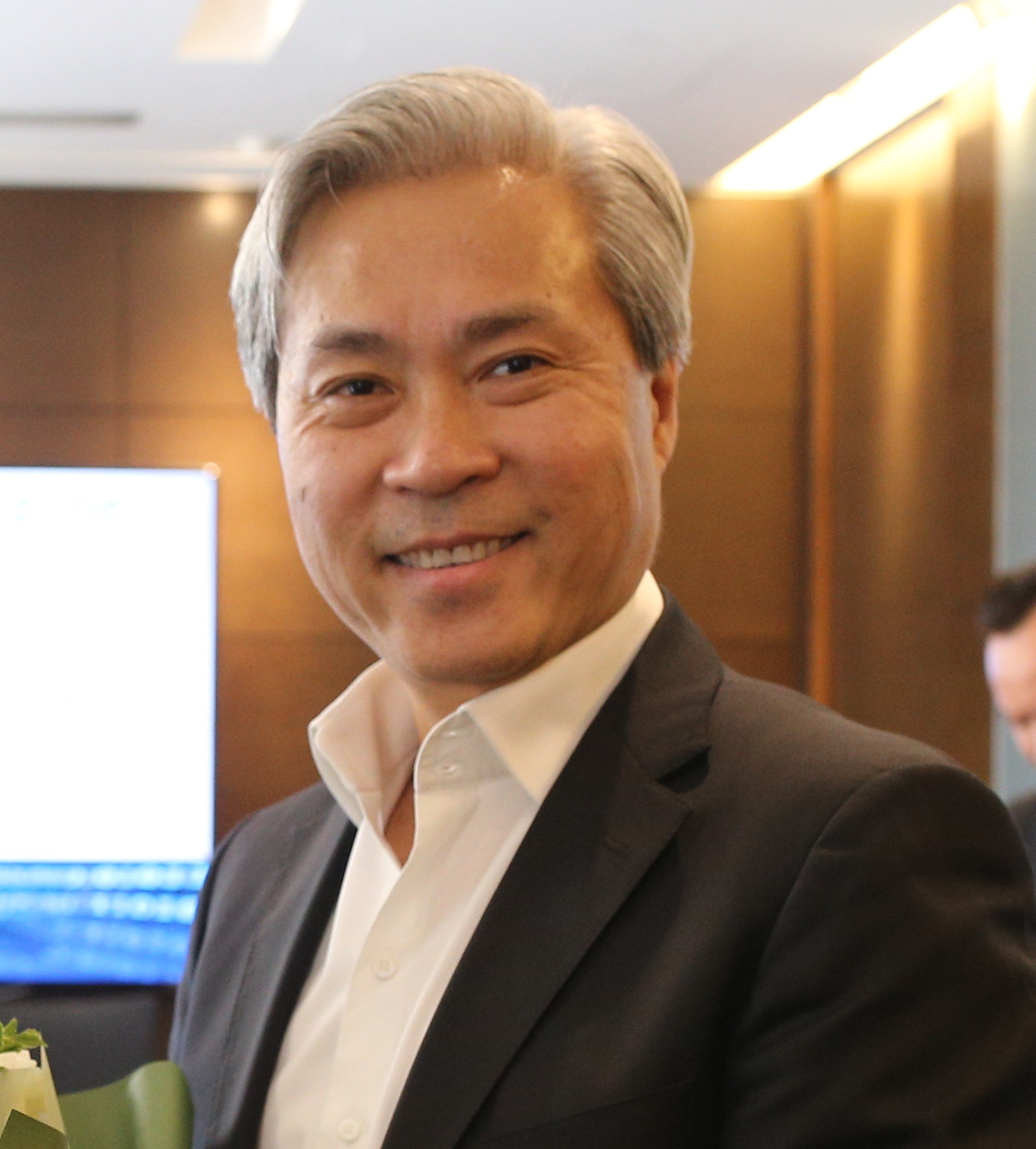Branding Vietnam as a ‘safe haven’ for tourists seeking a long-overdue getaway after travel disruptions caused by the novel coronavirus disease (COVID-19) pandemic could be crucial to the country’s plans on reviving its stalled tourism industry, an expert said.
With experts warning that international tourism will likely be depressed for the next two years due to fallout from COVID-19, industry leaders within Vietnam are scrambling for ways to mitigate the damage and protect the country’s short-term GDP growth.
Pushing the idea of ‘safe haven’ tourism by marketing the country’s successful control of COVID-19 could be a game changer for Vietnamese tourism, according to Don Lam, co-founder and CEO of VinaCapital, a Ho Chi Minh City-based investment management and real estate development firm.
Focusing on Vietnam’s swift reaction to the epidemic will help the nation maximize its revenues from tourism by building consumer confidence in the government’s ability to keep travelers safe, Lam said.
Supporting domestic tourism
A multi-pronged strategy addressing the issues that transport and accommodation businesses are facing will be a major factor in the short-term recovery of domestic tourism, a market that typically sees an annual growth rate of seven percent and accounts for 40 percent of the country’s tourism revenue.
In 2019, more than 86 million Vietnamese traveled within the country.
With international travel options limited for the foreseeable future, domestic travel is likely to surpass pre-COVID growth predictions, Lam said, adding that he believes the government can support the industry by settling issues related to transportation, accommodation, and services.
The logical move, Lam said, is to support hotels and businesses which cater to market segments below four-star resorts and within urban areas.
While domestic flights, intercity buses, and trains are now permitted to operate at regular capacity, the government may want to consider some form of subsidies for domestic passenger transport companies to help ensure that local travelers can get to where they want to go, the firm leader suggested.
This in turn would help the hotel industry, which is currently operating far below its capacity, he added.
Additionally, the government should help domestic tourists diversify their destination options by formulating a coordinated strategy for determining which locations are open and which are closed to tourists.
Such a move would help counteract situations similar to what happened during the May 1 weekend holiday when throngs of people crowded into the select few destinations that were still open while other locations were completely closed.
With dozens of lesser-known destinations throughout the country, more could be done to promote less traditional holiday locales, he asserted.
|
|
| Don Lam, co-founder and CEO of VinaCapital, is seen in this file photo. |
Planning to reopen international tourism soon
Vietnam is also encouraging a low risk/high return strategy which specifically targets higher spending tourists from countries that have experienced minimal impact from COVID-19, complemented by controls that lower the risk of new cases occurring in Vietnam.
One such way the government could restart tourism is by partnering with suitable resorts and airlines to offer ‘safe haven’ tourist experiences that enable visitors to once again enjoy travel while minimizing the risks associated with the virus, the VinaCapital CEO said.
For example, visitors can avoid having to be quarantined and stay at designated resorts with the peace of mind that the property they are staying at has been essentially sealed from the virus.
Resorts participating in this program would need to be large, integrated properties with compelling attractions such as nice beaches and/or gaming facilities.
This might even lead to the government declaring entire islands, such as Phu Quoc off Kien Giang Province or Con Dao off Ba Ria-Vung Tau Province in southern Vietnam, as “safe haven tourism zones,” he said.
Critically, steps would need to be taken to ensure that visitors would not be exposed to COVID-19 while traveling from their home country to the resort as well as while they are staying at the property.
Visitors would also need to be tested for the virus before boarding a flight to Vietnam, similar to a program carrier Emirates is said to be implementing, Lam said.
Daily temperature checks of all guests and employees at the resort would need to be undertaken and all staff would need to stay within the designated quarantine area.
Contact tracing procedures would also need to be established and all guests and employees might be required to download a geo-tracking app for their mobile phones which would need to be carried with them at all times.
The standard social distancing measures, most of which those residing within Vietnam have become used to, would also have to be maintained, the company leader asserted.
Lam believes there is probably pent-up demand from honeymooners in pandemic-hit countries who have not been able to travel, and Vietnam could even offer visitors the ability to hold destination weddings — given that group gatherings of over 30 people are generally prohibited in most countries throughout the world.
The vast number of potential upper middle-class Chinese and Korean ‘safe haven’ visitors should be sufficient to fill many of Vietnam’s four- and five-star resorts, Lam said.
Prior to the outbreak, these groups of tourists accounted for almost half of all foreign tourist arrivals in Vietnam.
‘Safe haven‘ tourism could even introduce new high-end travelers to Vietnam who may not have been otherwise interested in visiting the Southeast Asian country, he concluded.
Like us on Facebook or follow us on Twitter to get the latest news about Vietnam!





























